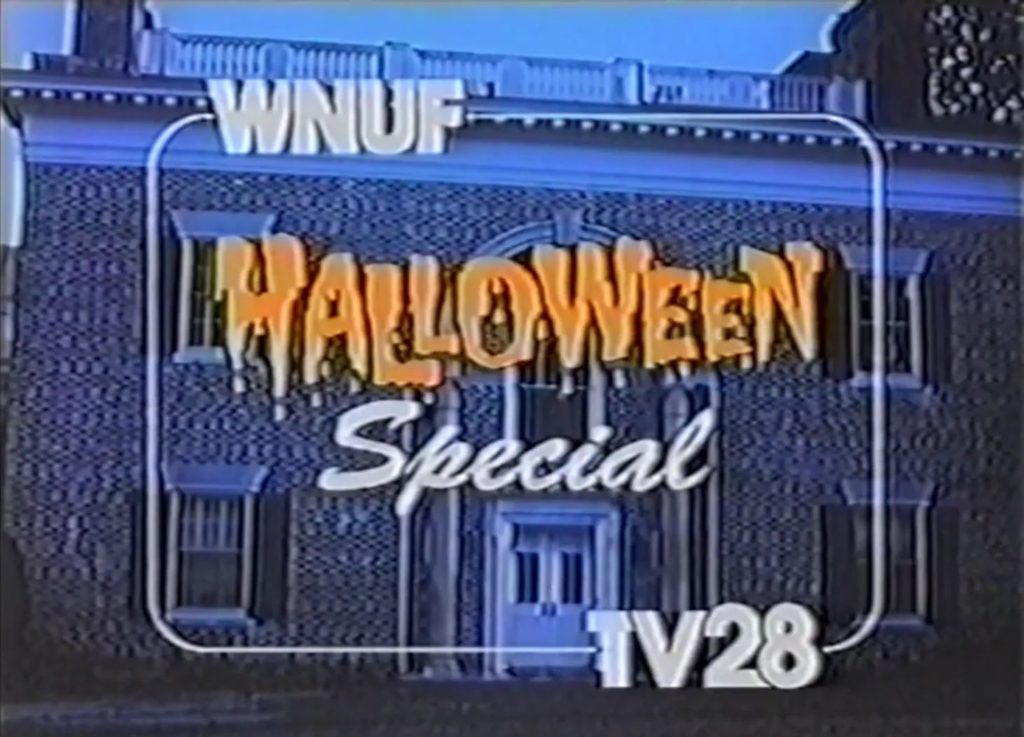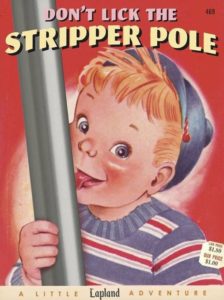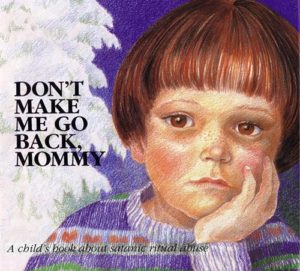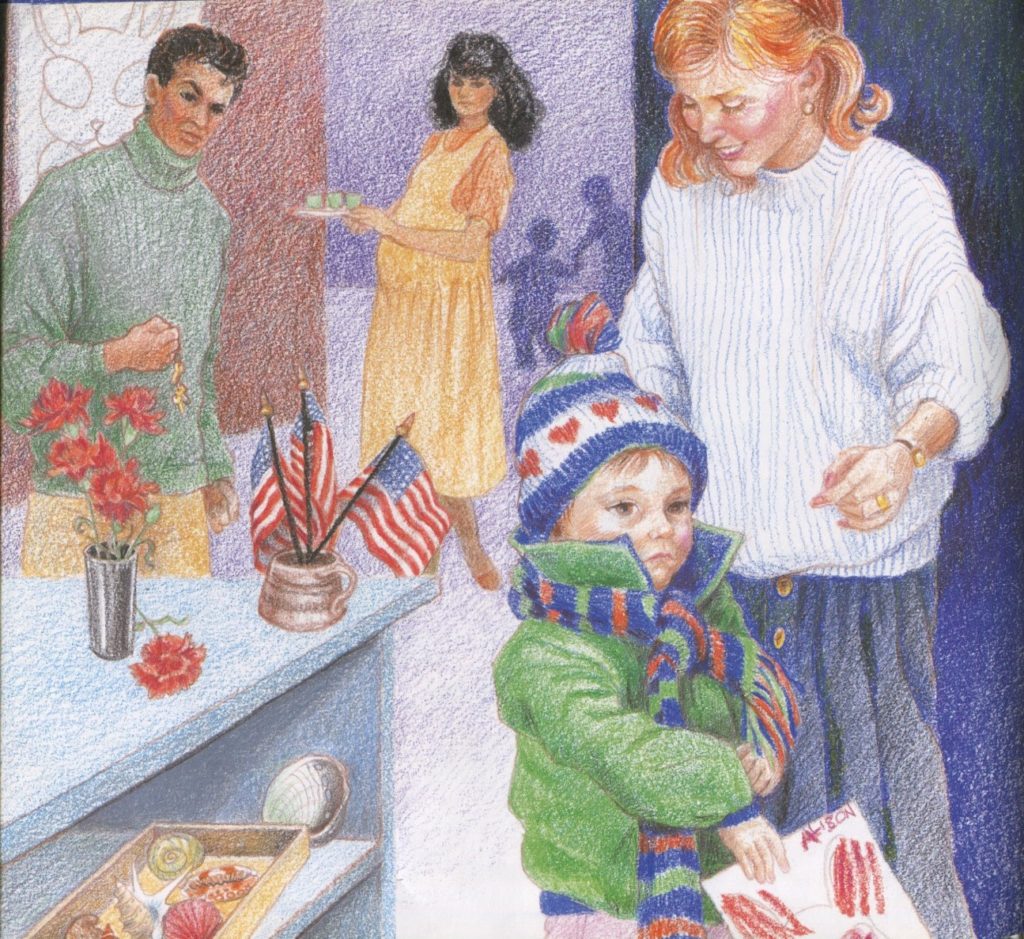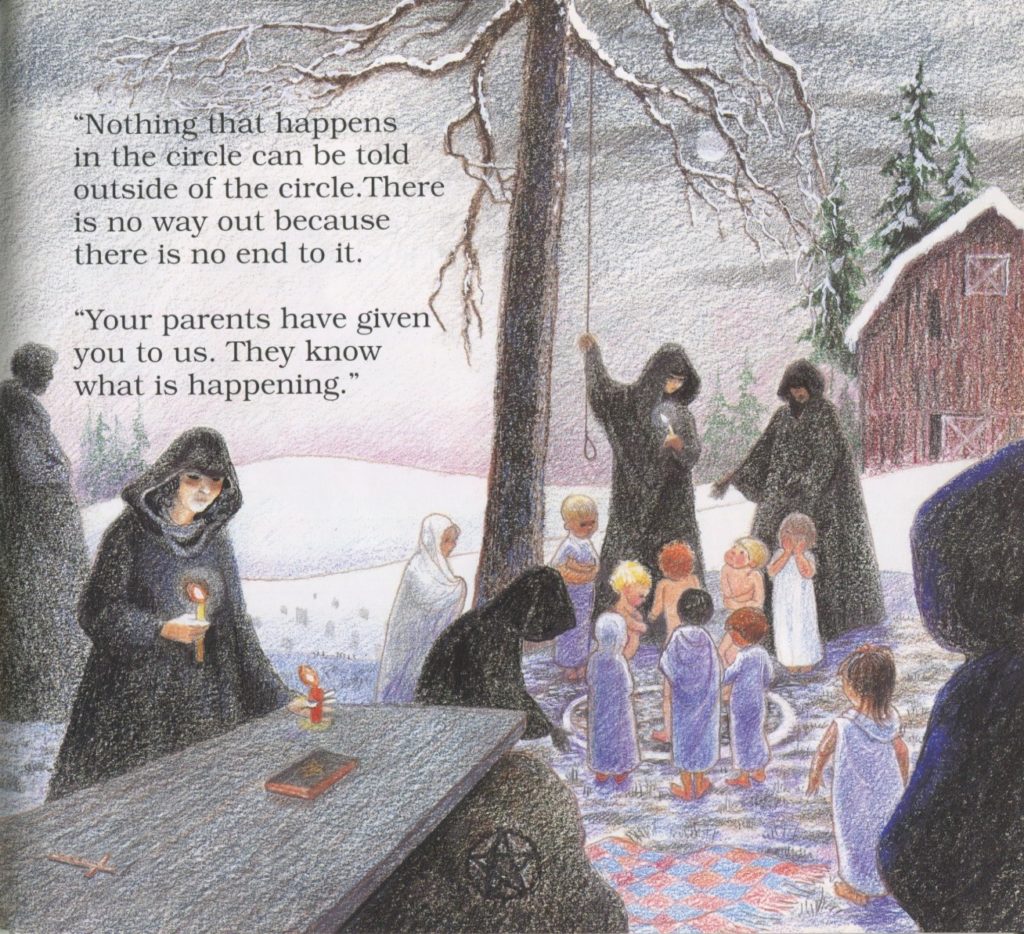Film: Where the Dead Go to Die
Director/Producer/Writer: James Creamer, aka “Jimmy Screamerclauz”
Type of Film: Extreme horror, animation
Why Do I Consider This Book Odd: It was, in part, inspired by yesterday’s entry, Don’t Make Me Go Back, Mommy.
Availability: The best place you can find this film, which was made in 2012, is on Amazon:
Comments: This discussion is happening in a deliberate vacuum. In my search to find the film, I couldn’t help but notice the very low ratings this animated movie has received. I deliberately didn’t read those reviews, which is standard operating procedure for me, but I mention the low ratings as well as my intentional ignorance about this film so hopefully my very specific perspective will make sense to those who may know more about this film and its origins than I do. Had I not watched this film with a specific bit of information in mind, I suspect I would have panned it myself. But that little piece of information makes a big difference in my perspective.
I follow an Instagram account called Gorrific_Extreme and it was this account that led me to Don’t Make Me Go Back, Mommy. In the comments on the entry about the book, jimmyscreamerclauz made the following comment:
That book is disturbing and completely fucked, but eventually inspired Where The Dead Go To Die. Also seems less crazy and far fetched in this day and age….
So yeah, I had to track down both the book and the film it inspired. And jimmyscreamerclauz is unfortunately right: given what we know now about Jeffrey Epstein, the Lolita Express, Nickelodeon and Dan Schneider, it’s harder to dismiss claims of extraordinary sexual abuse. Though it must be said, those cases are more terrestrial than the “flushed down the toilet so Walker, Texas Ranger could rape me then carried by hot air balloon to the cemetery where I was forced to dig up corpses” narratives that came out of the McMartin scandal, the inspiration for Don’t Send Me Back, Mommy. Five years ago, had a starlet complained that she was pressured to have sex, and when she refused she was raped by a producer, and it was an open secret, and that famous renowned actresses may have set her up for that rape, I would have waved it away as bullshit.
But even as I realize mankind is not as depraved as the Satanic Panic narrative wants us to believe, we still suck and do terrible things. The McMartin case is firmly debunked by all reasonable people, but just because one thing is a manufactured drama doesn’t mean children don’t come to grave harm daily, though generally in far less fantastic ways. This film covers the more realistic harms – child abuse by parents and child porn creation – along with other, stranger and nearly impossible harms (but even those “impossible” harms show up in current Pizzagate narratives, more on that in a moment).
It’s a hard film to watch. The content is over the top, and it’s over the top in a way that is not wholly unfamiliar. The animation reminds me a lot of the cartoon, Xavier: Renegade Angel, a sort of crude, early Second Life look. And the content, strangely enough, reminds me a lot of old Adult Swim shows. Remember Hand Banana, the rapist dog thing from Aqua Teen Hunger Force? How about the time Carl got auto-raped so badly with a broom that the handle poked through the top of his head? The pool full of elf blood? And don’t forget the gross, Christian misery of Moral Orel. This film takes all of that extreme content further than we could be shown on cable television, but for those who enjoyed the random, nonsensical violence of such cartoons, Where the Dead Go to Die may seem extreme but it’s not wholly new.
I think the sort of shambling and random nature of the narratives in this film are seen as unique due to the lack of proximity to similarly random, outrageous sexual violence, and the narrative is indeed a stagger through various hells. The film has three chapters:
–“Tainted Milk” is clearly a riff on the old Lassie films. Labby, a black dog with glowing red eyes, tells Tommy, an unhappy kid whose parents are equally unhappy, that the baby his mother is carrying is the Anti-Christ and must be killed. Tommy can’t bring himself to do it so Labby does it for him. This chapter is rough – all of the content is rough, really – featuring forced abortion, emasculation, murder and bestiality. Followers of serial killer lore will also hark back to the dog that supposedly egged on David Berkowitz to shoot happy couples as they made out in parked cars.
–“Liquid Memories” features a character whose name I did not catch. He looks a lot like Jesse Custer from Garth Ennis’ comic, The Preacher. He likes to kill people in churches and before they die he inserts a needle into their necks to extract their final memories. He injects himself with the memories of a dying prostitute who has crawled into the church for help, experiences her psychedelic and horrific memories, and promptly kills himself in response.
–The final chapter, “The Mask That Monsters Wear,” is the longest and most upsetting. Ralph was born to fundamentalist whack jobs who refuse to get a parasitic conjoined twin removed from his head because God has plans for all His children and that would be murder. They torment Ralph with the notion that he is abusing his brother by wearing a ski mask that covers his head and blame him for what happened to his brother. Ralph is treated kindly by a neighborhood girl named Sophia. She is abused and pimped out by her father, who also makes kiddie porn of her. I am unsure of her age but she and Ralph are in grade school, and Sophia sounds like she is no older than ten. Kindred spirits, Sophia and Ralph develop a deep friendship. In what was strangely the most heart-wrenching scene in the film, Sophia finds out that Ralph keeps bugs that come into the house so his mother can’t kill them. Sophia tells him the bugs are worse than dead because now they are trapped in the jar habitats he keeps them in. She takes him to a place in the woods she calls her “garden,” full of pretty flowers, and they release the bugs. Sophia says it is the happiest day of her life.
But then Ralph is recruited into the porn movies Sophia’s father makes, and finds out his own father is also involved in Sophia’s abuse. After Ralph is forced to have sex with Sophia on tape, Sophia reveals his bugs destroyed her garden. Ralph’s involvement in her abuse kills what is left of her spirit. Ralph, disfigured and emotionally abused himself, runs amok and kills his parents, strangling a rabbit near a well that a voice comes out of from time to time, a voice that speaks to Ralph, Sophia and Tommy. Ralph’s corruption is now complete.
The key for me understanding all of this and how it all links together is the book that inspired it (though clearly the film has a lot of influences and inspirations). Don’t Make Me Go Back, Mommy, is an attempt to offer help to children who suffered satanic ritual abuse and mirrors the McMartin pre-school case. I am unsure what Doris Sanford’s motives were in writing such a book – as I explain in yesterday’s entry, her books became more outrageous over time, beginning with self-help books for kids whose parents have depression and eventually including books for kids who survive prison/death camps. Though I found the book ridiculous, I approached it with seriousness, willing to see what it brought to the table, and I approached the film it inspired from the same perspective.
The at times tenuous links in the content seem less tenuous when you look at this through the focus of Doris Sanford’s work. James Creamer is parroting back to us what many insisted happened during the Satanic Panic. I suspect the good, moral folk who believed in stories like McMartin, who genuinely think such atrocities happen routinely to children, would condemn this film because it’s violent and obscene. But it is no more obscene than court transcripts from the McMartin case, Michelle Remembers, or any other Satanic Panic tell-all. Every horrible element from this film can be linked to a genuine Satanic Panic account or belief. The Satanic Panic belief will be followed by the detail that describes it in the film:
–Unborn babies ripped from wombs/Tommy’s mother’s baby being torn from her womb
–Evil animals used to control or harm children/Laddy the dog urging these kids to do terrible things in the name of God
–Killing bunnies to frighten children/Ralph strangles a rabbit at the end to show his utter loss of innocence
–“Naked Movie Star” used as a game to make child porn/Sophia’s father making porn of her with neighbors and Ralph
–Claims sacrifices happened at the Episcopal church/the unnamed man who kills people in churches
There’s more but those are the more obvious correlations. Interestingly, though this was not a claim in any of the Satanic Panic beliefs from the 1980s through the mid-1990s, the serial killer who extracts spinal fluid for memories is a bit on the nose when one considers the Pizzagate belief that children are held in terrified captivity because terror makes their adrenal glands produce hormones that jaded celebrities remove and drink. Sometimes the adrenal glands themselves will be removed, according to these legends, and Pizzagate and QAnon message boards are full of accusations that weird beverages consumed by famous people contain AdrenoChrome harvested from abused and forsaken children. I did a search on “adrenochrome” in the Pizzagate Voat and there were dozens of entries. (I wanted to link to the search but no matter what I did, the link would not work. If you’re curious, and if Voat is accepting new registrations, maybe make an account and read through the above search and Pizzagate as a whole because there are so many rabbit holes to fall down.)
I am unsure how far back claims that elites were drinking brain fluids from children go, but if they post-date Where the Dead Go to Die, it’s a sign that there is literally nothing so far-fetched that people will not believe it, and there is nothing so horrible someone can do that a person sufficiently plugged in to the zeitgeist cannot predict it.
In the end, this film parrots back at Satanic Panic True Believers the very things they believe, yet if they ever watched this film they would be outraged and upset. Increasingly I see this as an excellent gambit to use in argument culture – repeat back what others say and watch their reactions to hearing themselves in a different voice.
Like I said, the reason I was able to stomach this film was because I understood some of the source material. I don’t know if those who hate this film would reconsider if they knew what I know or what anyone who has studied the Satanic Panic would know. But it makes a difference. It gives the at times hallucinatory and seemingly gratuitous gore a tether that leads back to the witch hunt cycles that plague mankind. Once you have the premise behind even the most outrageous display of depravity, you find yourself unable to dismiss it out of hand and you may even find yourself taking it seriously like I did.
Seriously.
This film is a reflection of beliefs that ruined lives, and it’s also a wallow in the worst mankind can do. It’s content that is very hard to take in and I don’t think I will watch this film again, but to be fair one reading of Michelle Remembers tends to be enough for the average whacked-culture student. But watching it with its inspiration in mind enabled me to see this film in a wholly different light than I would have had I just randomly stumbled across it online.
I have no idea if you want to see this film, and I can’t really recommend it because my experience with this film is very specific. If you’re a gorehound, you may want to have a look. Similarly students of the Satanic Panic or those very interested in the current Pizzagate lore will find this film interesting The rest of you may want to give it a pass. But at least now you know it’s out there, and that one beleaguered woman thinks that once you look past the DIY or Die-style production and link the content to the notions that inspired it, it may not be as pointless a wallow as others seem to think.
 First thing they tell us about is the upcoming special with reporter Frank, and make terrible Halloween jokes. “No, you didn’t tune into the Transylvania Public Access station,” Gavin says. Then they give a rundown of the evening’s news stories: a religious organization is praying for the end of Halloween because Satan is bad, the ads in the governor’s race are getting dirty, and they announce Frank Stewart is going to take us along as he traipses through a murder house.
First thing they tell us about is the upcoming special with reporter Frank, and make terrible Halloween jokes. “No, you didn’t tune into the Transylvania Public Access station,” Gavin says. Then they give a rundown of the evening’s news stories: a religious organization is praying for the end of Halloween because Satan is bad, the ads in the governor’s race are getting dirty, and they announce Frank Stewart is going to take us along as he traipses through a murder house.